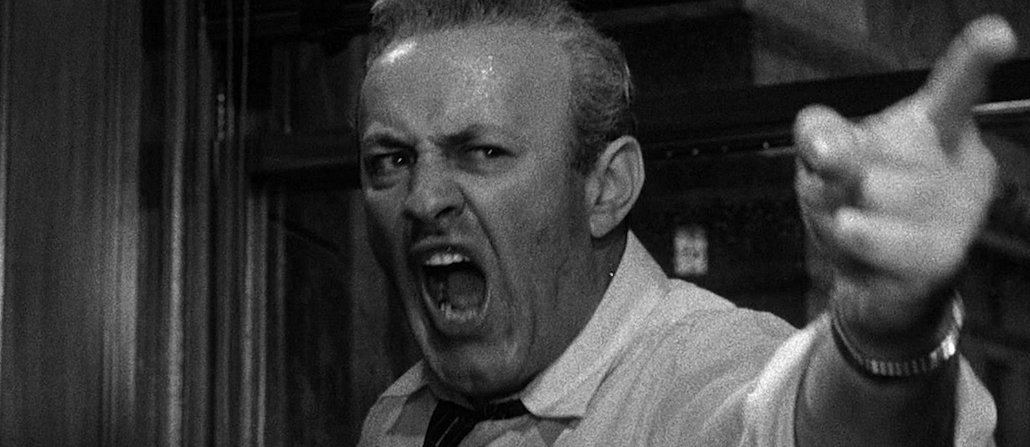Publishers love header bidding, but ad buyers have qualms

Header bidding has become the ad tech implementation of choice for publishers, which see it as a way to make sure they’re getting the most they can in programmatic.
But on the other side, ad buyers have issues with header bidding, with complaints that there’s still a lack of transparency and competing logic in how publishers organize their inventory, evidence that it is a big improvement over existing buying mechanisms and the fear that header bidding is really just a sales ploy by publishers to drive up prices.
“Header bidding has been sold to agencies as a shiny new object,” said Trevor Mengel, director of programmatic product for Horizon Media. “But what’s been largely missing is a sales offering that illustrates header bidding’s technical advantage over private marketplaces.”
The promise of header bidding is ad buyers can break the preferred relationship that Google has set between its ad server DoubleClick for Publishers (most publishers use) and its exchange AdX, so advertisers are able to have visibility into a publisher’s entire inventory, assess every impression and then bid for select impressions. In other words, everyone is equal and the one with the highest bid should win an action. But there’s a problem: if the publisher prioritizes header deals equally or lower than other deals in its ad server, the advertiser who is buying through header bidding cannot climb up to the waterfall even if the buyer is paying more.
It’s just like when private marketplaces, controlled environments consisted of major publishers and selected advertisers, were first introduced to the market: There was broad talk of “first-look” opportunities and “exclusive” inventory, but there was no way to validate these claims as a buyer, Mengel explained. (It’s like if you tell 800 people that they are your best friend.)
“Healthy win-rates [the percentage of impressions won over impressions bid], were and still are, the best proxy,” he said. “If we’re going to pay a premium CPM for header bidding access, it should increase our ability to — not just to look at, but win an impression or user.”
Jon Mansell, vp of marketplace innovation for agency Magna Global, said that while he believes that if properly implemented, header bidding can serve as a nice alternative to the classic waterfall, the only way to validate the setup is by looking at bid requests, clearing price, win rate and performance after the fact.
“To no fault of the publisher, there is currently no way for an advertiser to take a publisher’s word for it,” he said.
Header bidding gets complicated when others are willing to pay higher than a private marketplace bid, in which case the publisher has to decide who gets it, added Dan Greenberg, CEO for native programmatic platform Sharethrough.
“If the publisher chooses not to allocate the private marketplace bid the impression, it breaks the unspoken trust the publisher has with the buyer that they will get the premium impression,” he said.
From a publisher’s perspective, lots of agencies still think that programmatic needs to be priced lower than direct sales, and they have the expectation that header bidding means priority, according to a sales head for a major media company.
“I think agencies’ complaint comes down to two things: price and priority. Programmatic was sold as a low-price vehicle, but now, everyone can access more inventory through header bidding and they need to pay more,” he said. “When one bidder wins at $9 and others lose at $8.99, those guys with $8.99 will up their price next time. Escalation is the reason why agencies keep paying more while they are not winning.”
As Vincent Bareges, director of publisher development for Dentsu Aegis’ programmatic arm Amnet described, header bidding is never meant to be a buy-side product as it’s up to how the publisher configures this technique in its ad server.
Since publishers organize their inventory differently, advertisers have mixed experiences with header bidding. While Horizon’s Mengel has spoken with some publishers who put header bidding above private marketplaces, and others who have the two compete against each other, Tyler Pietz, vp of programmatic for IPG’s programmatic arm Cadreon, said that he has never personally come across publishers who have intentionally de-prioritized a header deal, because in those types of deals, buyers are typically picky (they only want a very small proportion of the publisher’s impressions to reach niche audience.) but they are not stingy.
“This would seem odd to me if publishers de-prioritize header deals, because it would defeat the entire purpose of allowing advertisers to cherry-pick a valuable but scarce audience that would in theory be limited or non-existent by the time it reaches the middle of the waterfall,” he said.
More in Marketing

Why the New York Times is forging connections with gamers as it diversifies its audience
The New York Times is not becoming a gaming company. But as it continues to diversify its editorial offerings for the digital era, the Times has embraced puzzle gamers as one of its core captive audiences, and it is taking ample advantage of its advantageous positioning in the space in 2024.

Why B2B marketers are advertising more like consumer brands to break through a crowded marketplace
Today’s marketing landscape is more fragmented than ever. Like consumer brands, business brands are looking to stand out in a crowded and competitive marketplace, making marketing tactics like streaming ads, influencers and humorous spots more appealing.

As draft puts WNBA in spotlight, the NBA is speeding up ballplayers’ transition to creators
The NBA’s star athletes are its greatest marketing asset.








